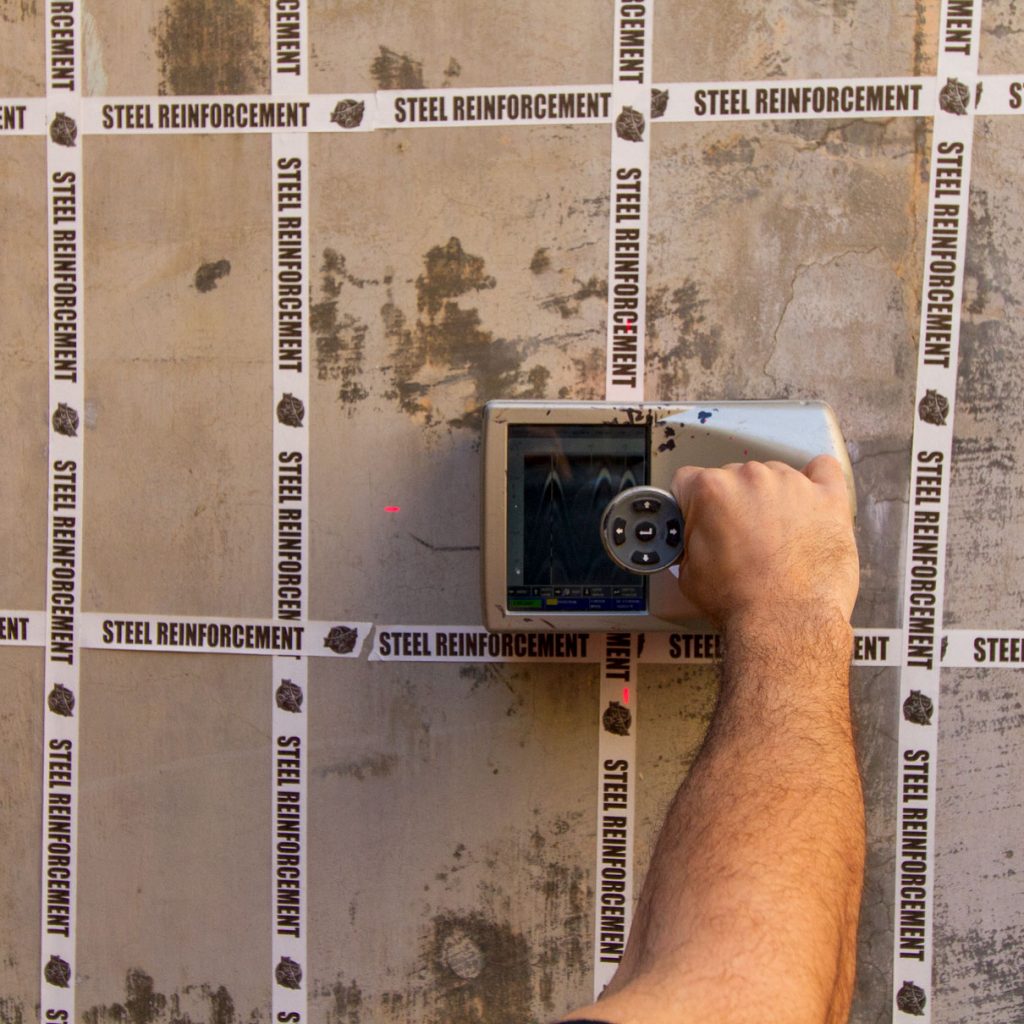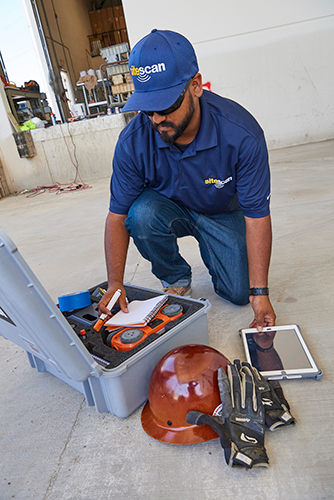Check Out RainierGPR Service Areas for Expert Concrete Scanning
Check Out RainierGPR Service Areas for Expert Concrete Scanning
Blog Article
Concrete Scanning: A Critical Step In The Direction Of Making Certain Architectural Stability and Security
In the realm of construction and facilities maintenance, the significance of concrete scanning can not be overemphasized. This meticulous process holds the vital to unveiling potential hazards concealed beneath the surface of apparently solid structures. By employing advanced technology and methodologies, concrete scanning works as an essential device in ensuring that the stability and safety of bridges and structures are promoted to the greatest standards. Nonetheless, past its surface-level implications, the duty of concrete scanning prolongs far deeper than fulfills the eye.
Value of Concrete Scanning
Concrete scanning plays a vital function in making certain the structural stability and safety and security of structures and facilities jobs. By using sophisticated technologies such as ground-penetrating radar (GPR) and electro-magnetic induction, professionals can non-destructively examine concrete frameworks to detect potential issues, voids, embedded items, and reinforcement format. This procedure makes it possible for early discovery of anomalies that might jeopardize the security of a structure, stopping costly damages and guaranteeing the security of residents.
Before drilling, cutting, or coring right into concrete, scanning aids determine the exact locations of rebar, post-tension cables, and various other embedded components, lowering the risk of unintentional hits that can lead to architectural weak points. In addition, concrete scanning help in top quality control by validating the density of concrete covers and detecting any kind of inconsistencies that might affect the overall sturdiness of the framework.
Technology for Concrete Inspection

Benefits of Very Early Detection
Timely detection of architectural problems can substantially mitigate dangers and guarantee the long life of construction tasks. By identifying possible troubles early on in the building and construction process, stakeholders can take aggressive measures to address issues prior to they escalate right into larger and a lot more pricey issues. One of the crucial benefits of very early discovery is the prevention of structural failings, which can position severe safety and security threats and cause job hold-ups and economic losses.
Furthermore, early discovery permits prompt repair services and maintenance, which can aid extend the life-span of the framework. By addressing problems promptly, building and construction teams can stay clear of expensive repair work or also the demand for premature replacement of structural parts. This proactive technique not only saves time and money yet also improves the overall safety and security and resilience of the building and construction job.
Additionally, very early discovery can improve job planning and decision-making by providing stakeholders with useful understandings into the problem of the framework. Armed with this info, job supervisors can make educated choices regarding building materials, techniques, and timelines, resulting in much more reliable and effective project results.
Making Certain Structural Security
Making certain the structural security of a building and construction project is critical to its security and long life. Architectural security describes the capability of a building or infrastructure to maintain its form and feature under environmental problems and numerous tons. To achieve this, comprehensive evaluation and surveillance of the framework are essential. Concrete scanning plays a vital function in making certain structural stability by identifying prospective concerns such as gaps, delamination, or reinforcement corrosion that can jeopardize the stability of the framework in time.
By using innovative scanning technologies like ground-penetrating radar (GPR) and electromagnetic induction, construction professionals can non-invasively evaluate concrete frameworks click here to find out more to identify areas of worry beneath the surface area. This positive strategy permits the early discovery of weaknesses or flaws, enabling prompt repairs or support to protect against architectural failings.
Regular concrete scanning throughout various building and construction stages and throughout the life cycle of a framework can assist preserve its stability, minimize risks, and make certain the safety and security of passengers. By prioritizing architectural stability through concrete scanning, building and construction tasks can improve their resilience and durability, ultimately adding to higher safety and durability.

Preventing Vital Failings
To secure against devastating events, thorough tracking and internet proactive upkeep are vital in averting critical failures within structural frameworks. Identifying potential concerns prior to they escalate is vital to stop structural failures. Implementing regular evaluations, such as concrete scanning, can expose concealed problems like voids, cracks, or rust that might jeopardize the honesty of a framework. By using advanced scanning innovations like Ground Penetrating Radar (GPR) or Concrete X-ray, designers can non-destructively examine the condition of concrete and identify powerlessness that need reinforcement or fixing - RainierGPR Service Areas.

Verdict
Finally, concrete scanning plays an important function in making sure structural honesty and safety by making use of innovative innovation for very early detection of possible problems. This aggressive approach helps prevent vital failings and ensures the security of frameworks. It is vital to focus on concrete inspection as a typical practice to safeguard the long life and security of structures and infrastructure.
Concrete scanning plays an essential role in making sure the architectural stability and security of buildings and facilities tasks. Additionally, concrete scanning help in quality control by confirming the density of concrete covers and look at this now identifying any disparities that might impact the overall durability of the framework. Concrete scanning plays a vital function in making sure architectural security by detecting prospective concerns such as voids, delamination, or support corrosion that could endanger the honesty of the structure over time.

In verdict, concrete scanning plays an essential function in guaranteeing structural honesty and safety by using sophisticated modern technology for very early detection of possible problems.
Report this page